A little while ago, someone (not a horse person) asked me why there were so many girls learning how to ride, and far fewer boys, if any. He was an artist who’d recently done a series of barrel racers from photographs he had taken at a central California rodeo—where he made the observation that all the racers were, in fact, female.
I didn’t quite have an answer for him. Which I noted, as once and still the horse-obsessed girl that he had observed, as a serious piece of self identity that was never thoroughly examined. So I started down this rabbit hole, in an attempt to understand an aspect of this particular fondness that females have for horses. But first, we’ll need to calibrate the definition of feminism, which is often a loaded word; here we will think about it as having the belief that women and men should be given the same opportunities based on individual merit and ability to do the job. In a word—equality. So with that in mind, let’s dive in:
In the gilded walls of history, where symbols of power and poise followed alongside societal transformation, the intertwined narratives of equestrianism and feminism emerge as strikingly complementary. Both realms chart a course toward liberation, discipline, and an unapologetic assertion of identity. Their intersection, laced with symbolism and sartorial influence, offers an enduring metaphor for the evolving role of women in society. Though women have been riding horses in many cultures throughout history (as early as the Amazonians or Scythian warriors), their roles and methods (e.g., riding sidesaddle vs. astride) evolved based on gender norms.
Equestrianism has long been a domain where women redefined their place in a rigidly patriarchal world. Historically reserved for nobility, horseback riding was initially an aesthetic pursuit for women, epitomized by the side-saddle (it was also demure and modest, as opposed to sitting astride and “spreading her legs”, which was a big no-no). This highly stylized, almost ornamental mode of riding completely reinforced gender norms, even as it afforded women access to this world of sport. Though prominent women in history like Queen Elizabeth I, Catherine the Great, and Isabella I of Castile chose to ride astride while commanding armies, it was only by the late 19th and early 20th centuries that the narrative began to shift. As more and more women dared to straddle their horses and challenge decorum, they embodied defiance against societal constraints. In this defiance lay a parallel to the burgeoning feminist movement, which was at the time laying its own groundwork for equality.
The feminist movement, much like equestrianism, is rooted in mastery over one's domain—be it the body, the vote, or the mind. It, too, demands discipline and an unyielding sense of self-assurance, qualities that the equestrian world nurtures. The horse, a creature of immense power and instinct, mirrors the challenges women face in navigating societal expectations. To ride is to embrace control without domination, to partner with strength rather than subjugate it—a dynamic metaphor for the feminist ideals of equality and mutual respect.
And of course, the role of fashion. The sartorial intersection of equestrianism and feminism is equally compelling. From the tailored jodhpurs that revolutionized women’s riding attire to the structured blazers inspired by hunt coats, equestrian style has become a canvas for self-expression and power dressing. Coco Chanel’s reinterpretation of masculine silhouettes in the 1920s, deeply influenced by her equestrian roots, marked the beginning of a broader shift in women’s fashion. The structured elegance of equestrian apparel—its clean lines, utilitarian details, and unspoken authority—resonates with the feminist ethos of reclaiming practicality and form without sacrificing beauty.
Today’s equestrian athletes embody feminism in motion. They challenge not only physical limits but also societal perceptions of femininity and strength. One of my favorite bits of horse knowledge is that in the summer Olympics, the equestrian sports of show jumping, dressage, and eventing are the only sports in which men and women compete individually against each other, on equal ground.
It’s a natural human impulse to seek power—to feel powerful, purposeful, liberated. I think especially for us girls, there is a palpable “leveling of a playing field” on the back of a horse. To connect with that power, to be empowered by a collective intention and objective, to be judged purely on the basis of your merits and humanity, that is what keeps us coming back.
Now to be humbled by that power, that’s something every rider knows and feels intimately. We’ll get into that another time!
Until next week,




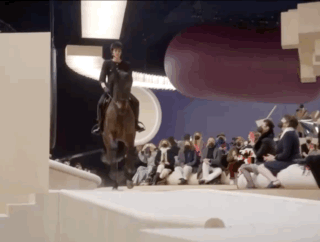
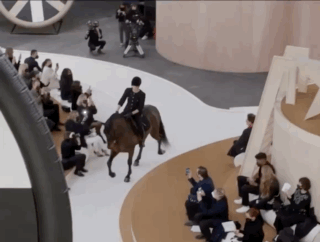
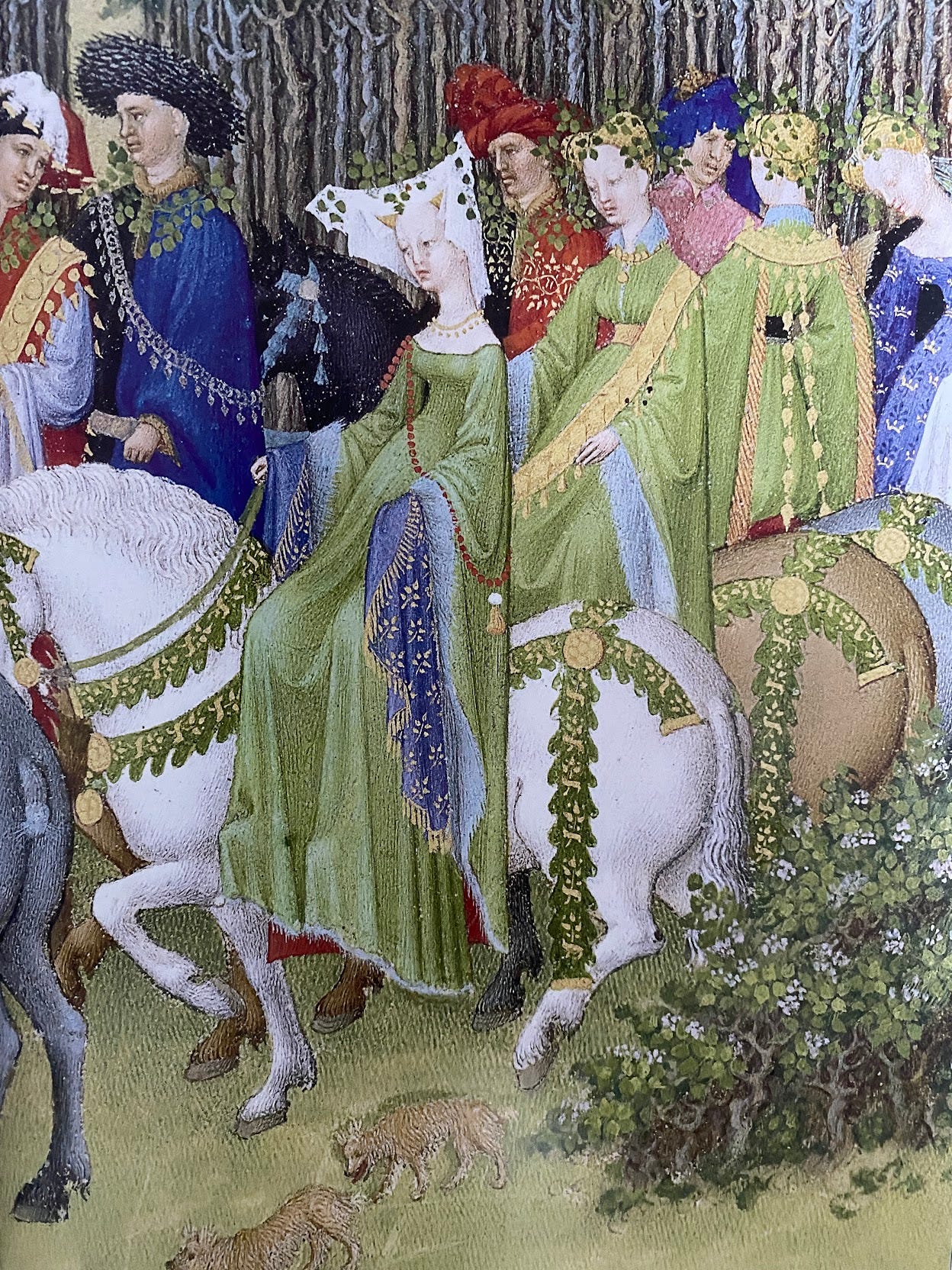
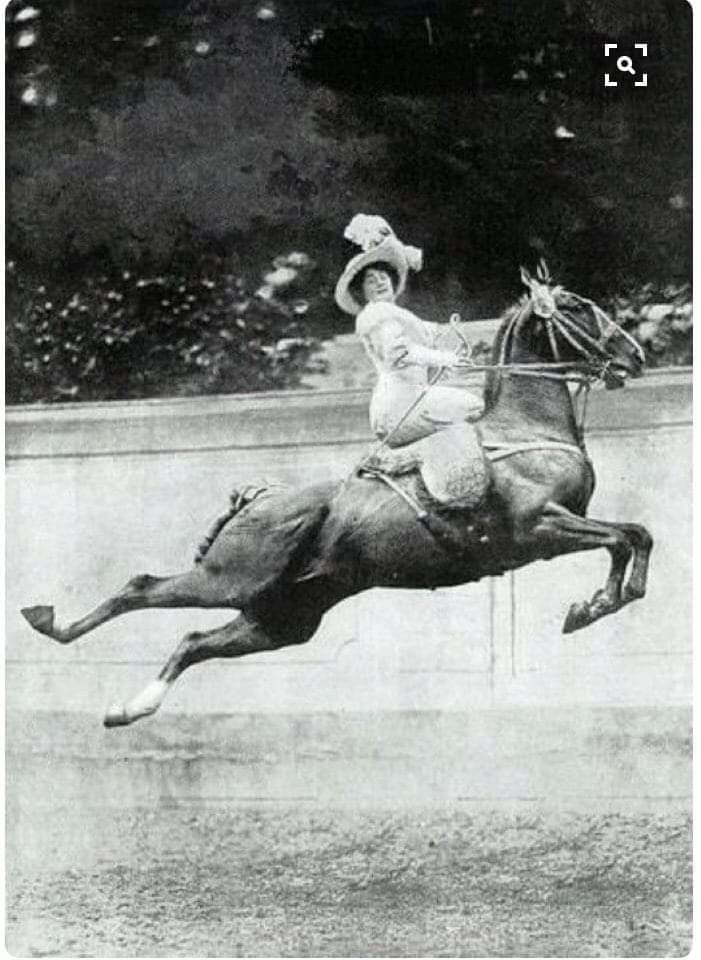
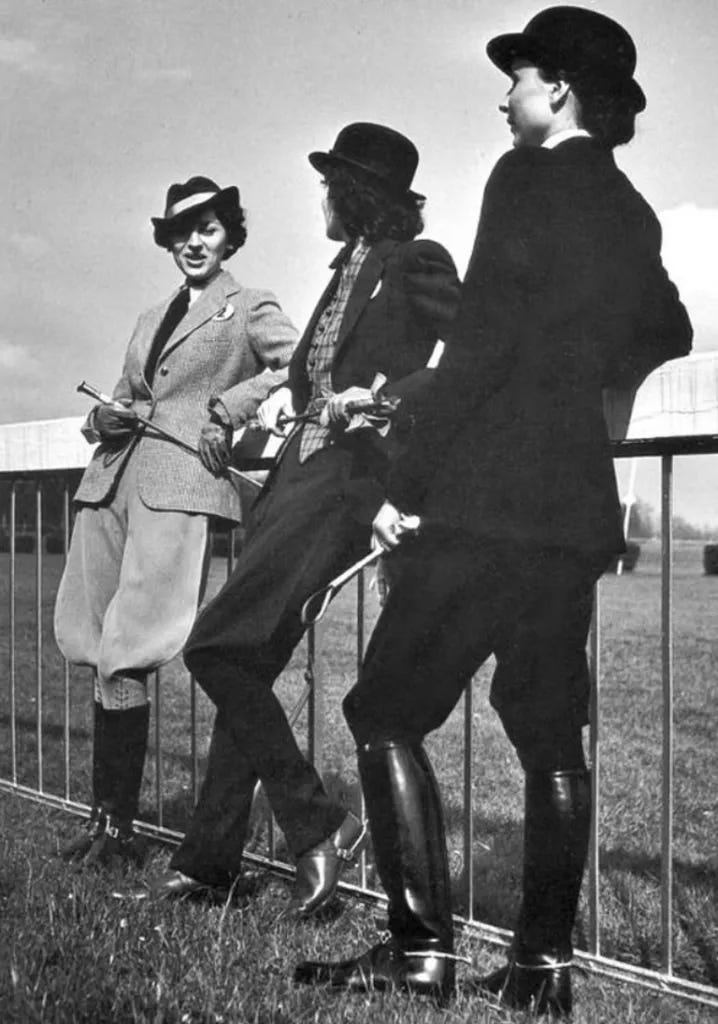

Love this piece so much!